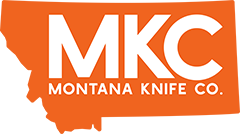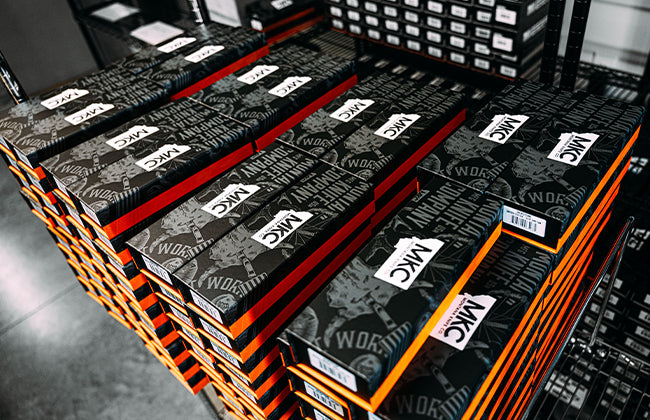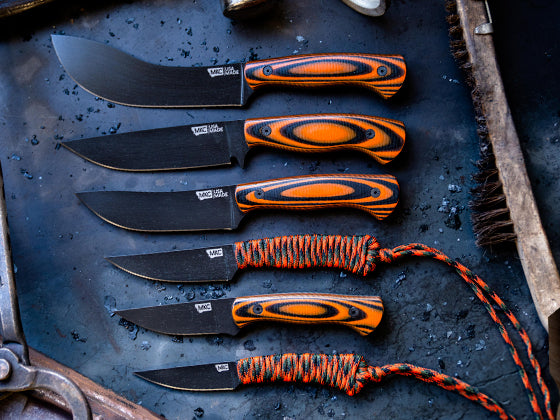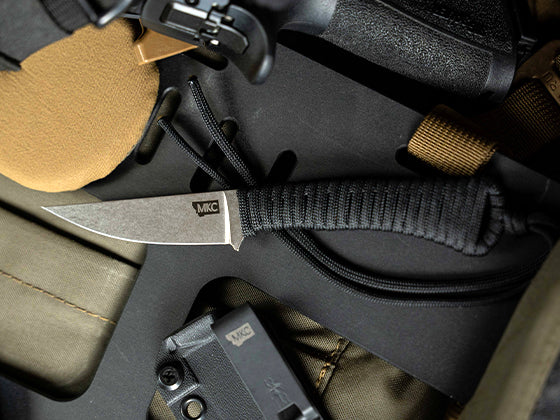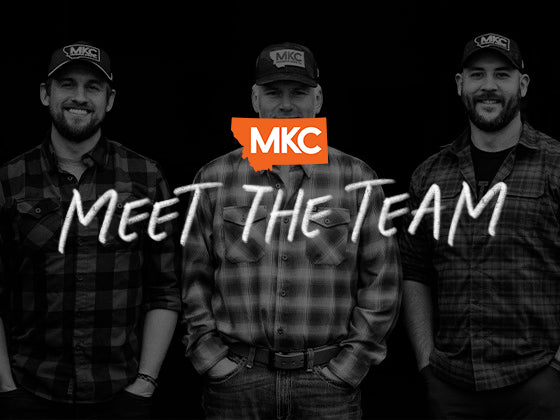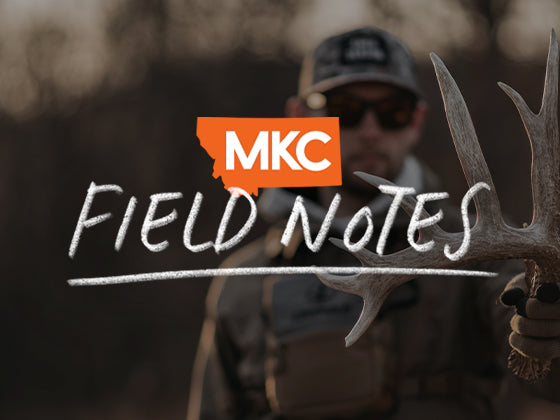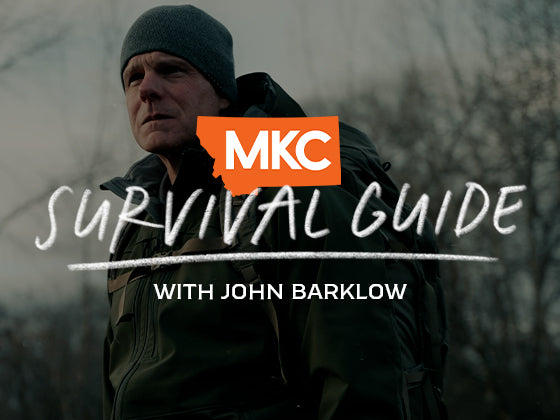To reach the pinnacle of any field, practitioners need practice, training, and certifications. Lawyers go through years of undergraduate studies before they attend law school. Next, they contend with the bar exam. Even with such a high standard, the U.S. is home to more than one million lawyers.
Doctors graduate from undergraduate school, then attend medical school. They endure the rigors of residency and eventually pass the United States Medical Licensing Examination. Just over one million doctors currently practice in the USA.
Knife makers also undergo a rigorous certification process. A Journeyman Smith rating is like a degree for a knife maker. A Master Smith rating is similar to a master’s degree, and attaining one involves undergoing multiple tests to prove a high level of skill. But fewer than 200 knife makers have passed the American Bladesmith Society’s Master Bladesmith test.
If you’re wondering how to become an ABS Master Smith, you’ve come to the right place. I’ll walk you through what it takes to join their ranks below.
What Is Bladesmithing?
Bladesmithing is the process of handcrafting blades using smithing tools. Bladesmiths use anvils, hammers, and forges to craft swords, daggers, knives, and much more. Years ago, bladesmiths used hand tools exclusively, but today, auto-hammers, grinders, and other powered tools make the process easier.
Bladesmithing has existed for thousands of years, and cultures worldwide have put their own stamp on the craft. The oldest human-made knives we’ve discovered are more than two million years old. While they weren’t forged from metal until much later, our history of crafting sharp hand tools is long and varied.
Today’s bladesmiths use high-quality steel alloys to create their knives. Here at MKC, we use MagnaCut stainless steel in many of our blades for its durability and edge retention.
While modern technology has technically made hand-forging unnecessary, humanity’s love for bladesmithing has not died out. Far from it! The hit TV show Forged in Fire, in particular, has brought many to the craft.
The American Bladesmith Society
The American Bladesmith Society (ABS) is the major caretaker of the bladesmithing craft, and it’s also in charge of the Journeyman and Master Bladesmith certification processes. The ABS is the biggest reason why bladesmithing and forging have become as popular as they are today.
The ABS builds community among knife makers through mutual learning and encouragement. Through the ABS, bladesmiths can stand on the shoulders of those who came before, and artisans can lift each other up to sustain the future of the craft.
The History of the ABS
The American Bladesmith Society was founded in 1972 by William F. “Bill” Moran. Bill dreamed of preserving the art of forging blades in America. When Bill created the ABS, there were only a handful of practicing knifemakers left in the USA.
At the 1973 Guild Show in Kansas City, Bill showed off eight hand-forged Damascus steel blades, stunning his peers. This introduction reinvigorated American interest in bladesmithing, since one could not create Damascus steel without forging. Without this renewed interest in Damascus steel, the ABS likely never would’ve formed.
Over the next few years, several interested smiths created their own Damascus knives, and some joined with Bill to create the ABS. They awarded the first official ranks in 1981.
The ABS grew slowly but steadily over the years. In 1988, the first-ever bladesmithing school, run in part by the ABS, opened its doors, with Texarkana College as the administrator. ABS eventually curated its own hall of fame and museum in 1995.
The ABS goals today are the same as when it began: to keep the art of blade forging alive and to promote interest in the craft.
How to Become an ABS Master Smith
The first step to becoming an ABS Master Bladesmith is becoming a member of the ABS. For a nominal yearly fee, you become part of a community with unmatched resources and a rich heritage. When you first join, you’ll receive the Apprentice Bladesmith rank.
Once you’ve been a member for three years, you’re eligible to test for your Journeyman Smith rating. This is a two-stage process that includes a performance test and a judging panel.
Becoming an ABS Journeyman Bladesmith: The Performance Test
For the performance test, you’ll have to hand-forge a knife that’s no longer than 15 inches, with a blade that’s no longer than 10 inches and no wider than two inches.

The knife then has to prove itself in a gauntlet of three tests, all performed before an ABS Master Bladesmith:
- In a test for sharpness, the blade has to cut through a one-inch free-hanging rope in one swing.
- In a test for edge toughness and retention, the knife has to chop through two 2x4s and still be able to shave hair without resharpening. This demonstrates that the blade can resist deformation, chipping, or bending while maintaining a sharp edge.
- In a test for heat treatment, the blade has to bend at 90 degrees in a vise without breaking. Slight cracking is acceptable. This tests the smith’s ability to forge a strong, flexible blade without brittleness.

Becoming an ABS Journeyman Bladesmith: The Judging Panel
After passing the performance test, the smith moves on to the knife-judging stage. Each smith must present five knives to a panel of judges at the Atlanta Blade Show. These ABS Master Bladesmiths judge the knives for fit, finish, and design. They don’t seek perfection at this stage, but they expect a high level of execution.
This is the knife maker’s opportunity to demonstrate their skills to the judges. Those who succeed receive their Journeyman Smith rating, earning the right to stamp their blades with a J.S.
Graduating to ABS Master Bladesmith
The Master Bladesmith test follows the same format as the Journeyman Bladesmith test, but it’s only open to those who’ve been an ABS Journeyman Bladesmith for two years.
For the Master Bladesmith test, the knife must have a Damascus steel blade made of 300 layers or more, a callback to the Damascus knife’s role in the ABS’s formation. It must slice a one-inch rope, chop through two 2x4s and shave without sharpening, then bend 90 degrees without breaking.
The maker still has to present five knives to a panel of Master Bladesmiths at the Atlanta Blade Show. This time, though, one blade must be a quillon dagger.
A quillon dagger is a complicated knife to make. Unlike the other four knives, the quillon submission has specific requirements, such as a fluted and twisted wire-wrapped handle. This requirement pushes the smith out of their comfort zone and proves that they can adhere to strict design guidelines.
The judges look at Master Bladesmith test entries with critical eyes. Even minor mistakes can make entrants fail the test. As a result, few knife makers have earned their Master Smith rating and the steel M.S. stamp from the ABS.

How to Become an ABS Master Smith: A Lifelong Journey
Though it’s absolutely an achievement, passing the ABS Master Bladesmith test doesn’t make you a master for life. It’s just the beginning.
A truly masterful bladesmith continues to learn and grow, constantly seeking perfection. Knife makers must never get stuck in their ways. An openness to new techniques paves the way for genius and pushes the craft forward for future knife makers. The ABS calls their knife makers to pursue a better result with each blade they create.
Just because a knife maker hasn’t passed the Master Bladesmith test doesn’t mean he or she isn’t a great bladesmith. The explosion of knowledge available through the internet has opened doors for novices to learn, excel, and get their names and work out there.
I hold a very high level of respect for any knife maker who passes the test, but we’re no longer in a society where a test is the only way to show your greatness. ABS certification is no joke, whether Journeyman or Master, but it’s also no more than proof of your own skills. Plenty of bladesmiths have excelled without it, and plenty will continue to do so.
I’m one of the knife makers who benefited from the test before one could learn bladesmithing online. I was just 15 years old when I passed the Journeyman Bladesmithing test, and I was 19 when I became a Master Bladesmith. Those ABS ratings gave me credibility and publicity that would’ve been difficult to achieve otherwise, and my career benefited accordingly.
I’d be remiss not to recommend that prospective knife makers look into ABS. The ABS has a lot to offer beyond certifications and technical knowledge. It also holds a philosophy of creativity, respect, dedication, and community.
I’m still serious about making knives and encouraging others to get into the craft. If you’re a knife maker who wants to know how to become an ABS Master Smith, consider joining the ABS. The faster you join, the sooner you’ll be eligible to test for your ratings.
by Josh Smith, Master Bladesmith and Founder of Montana Knife Company
